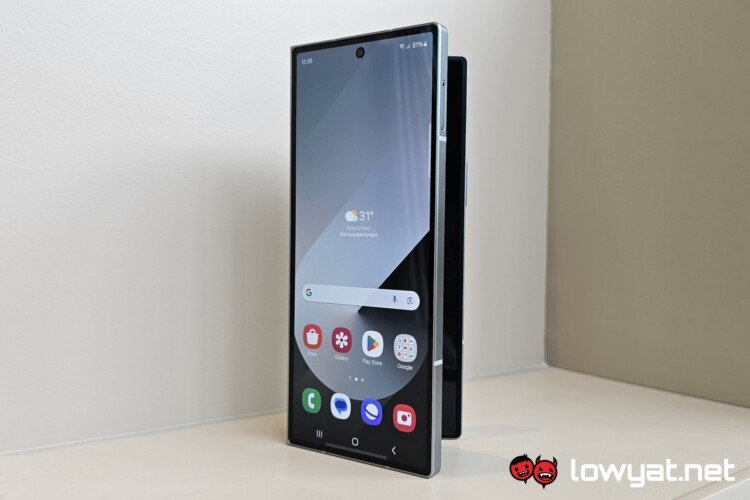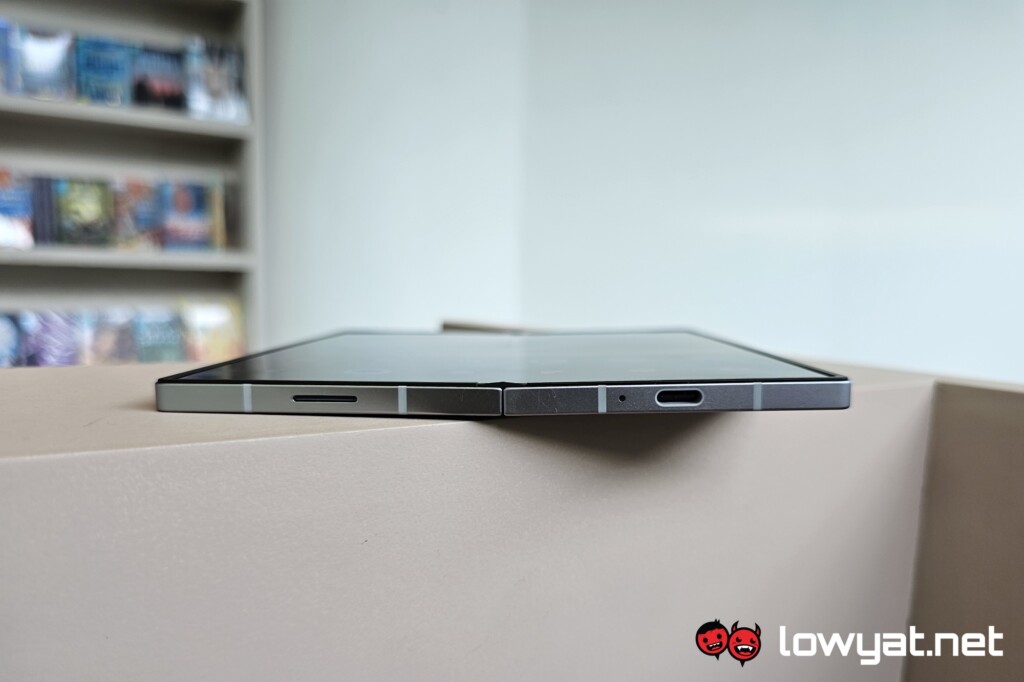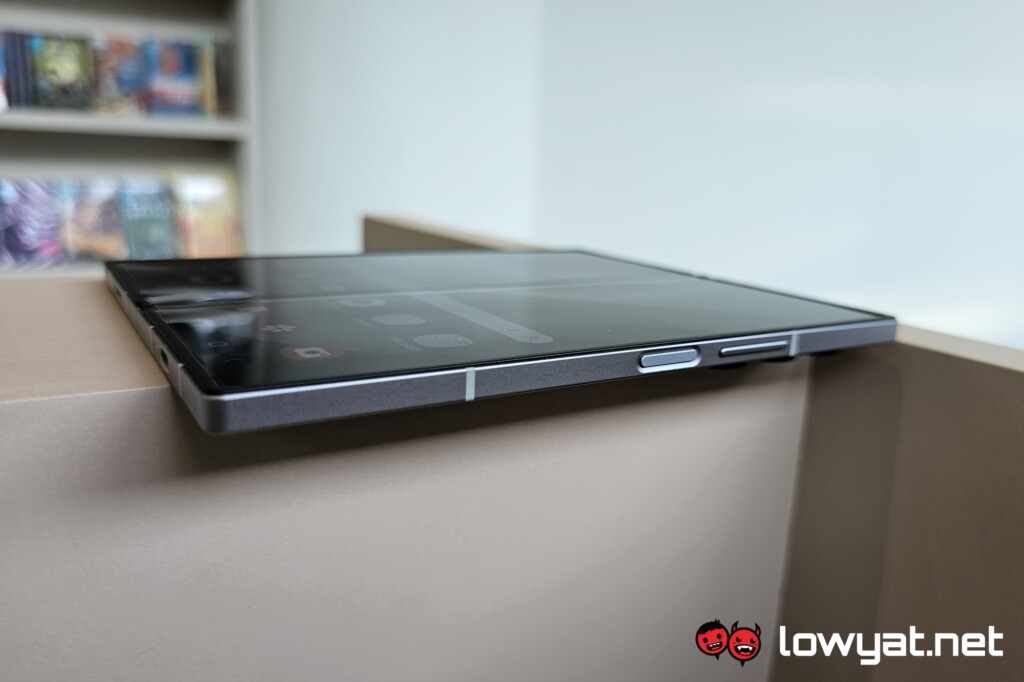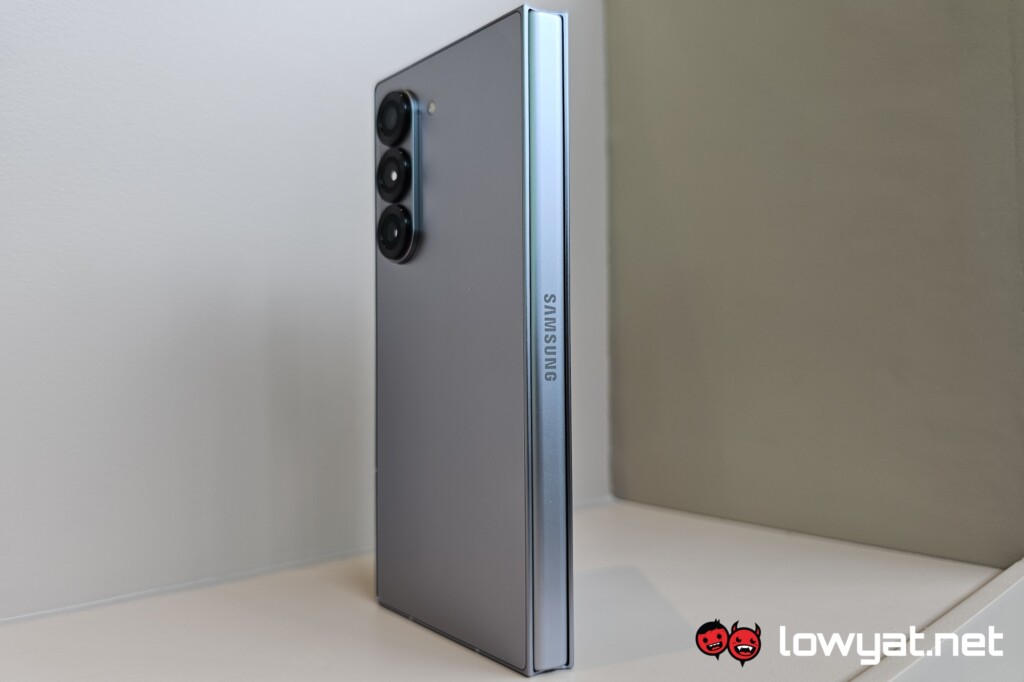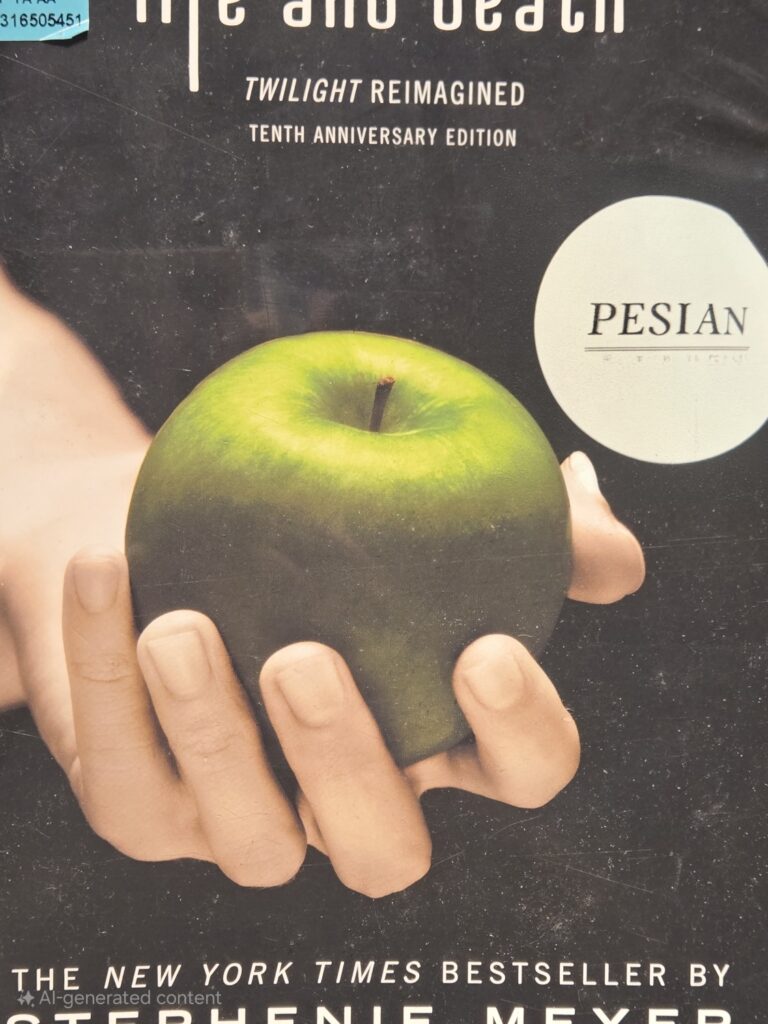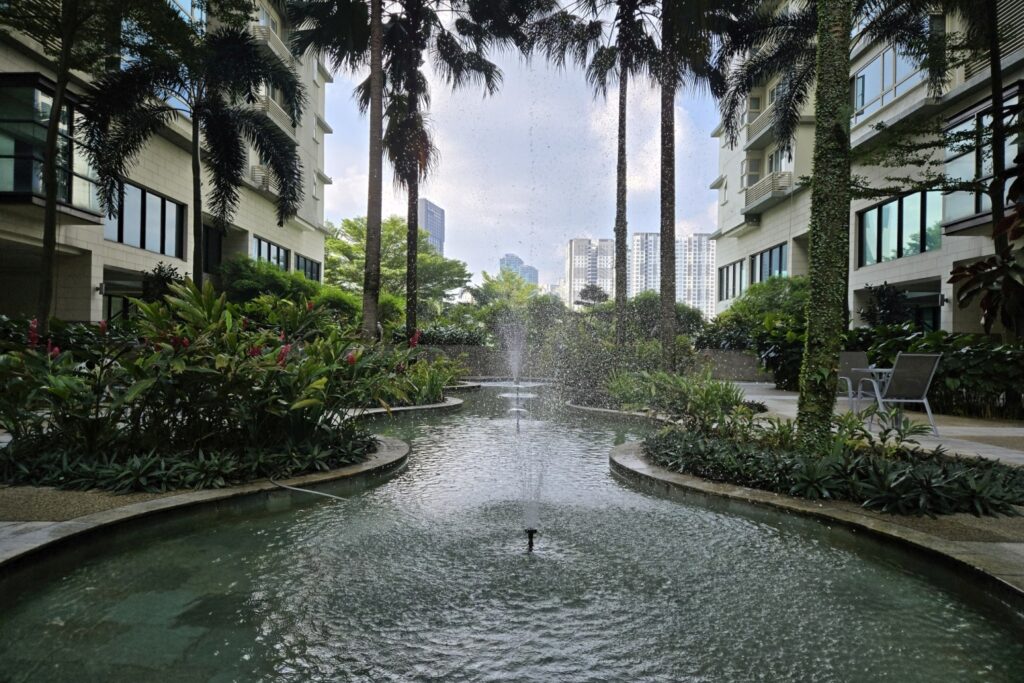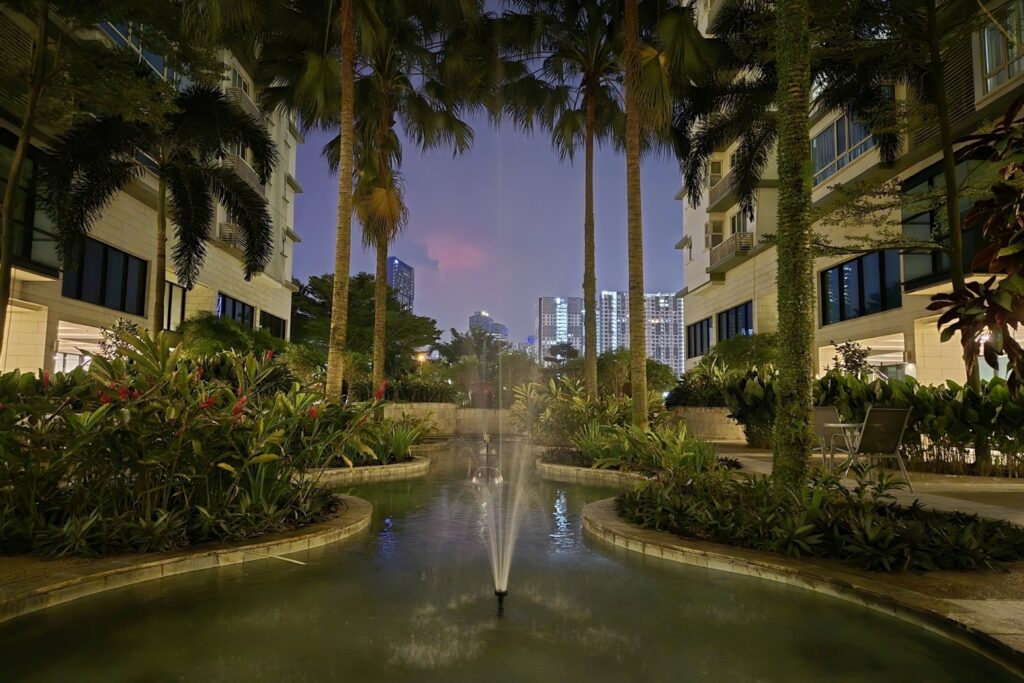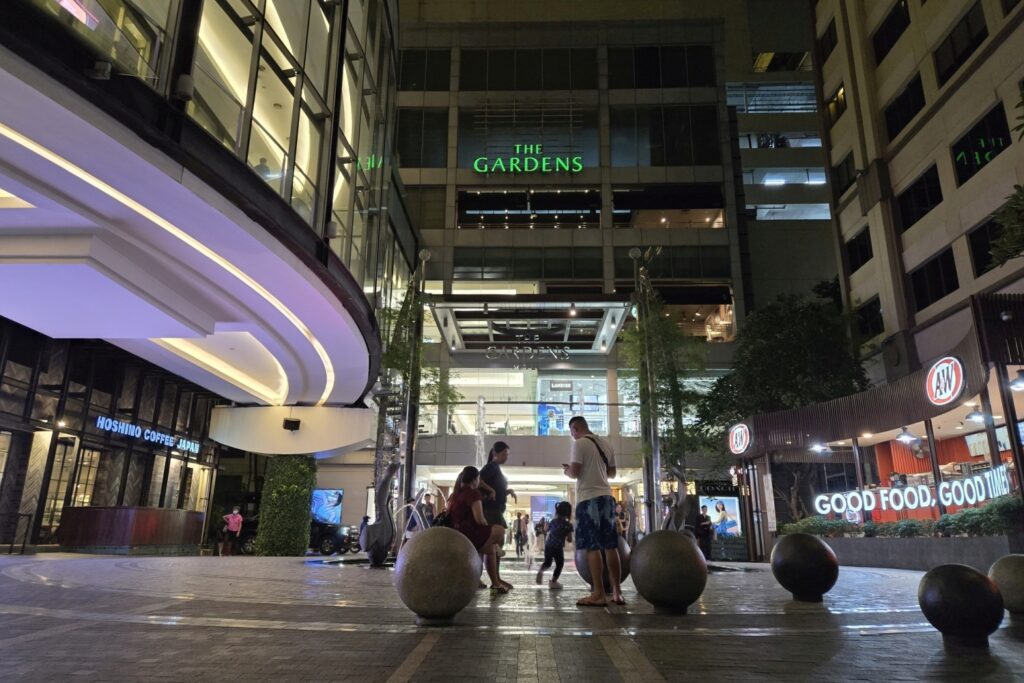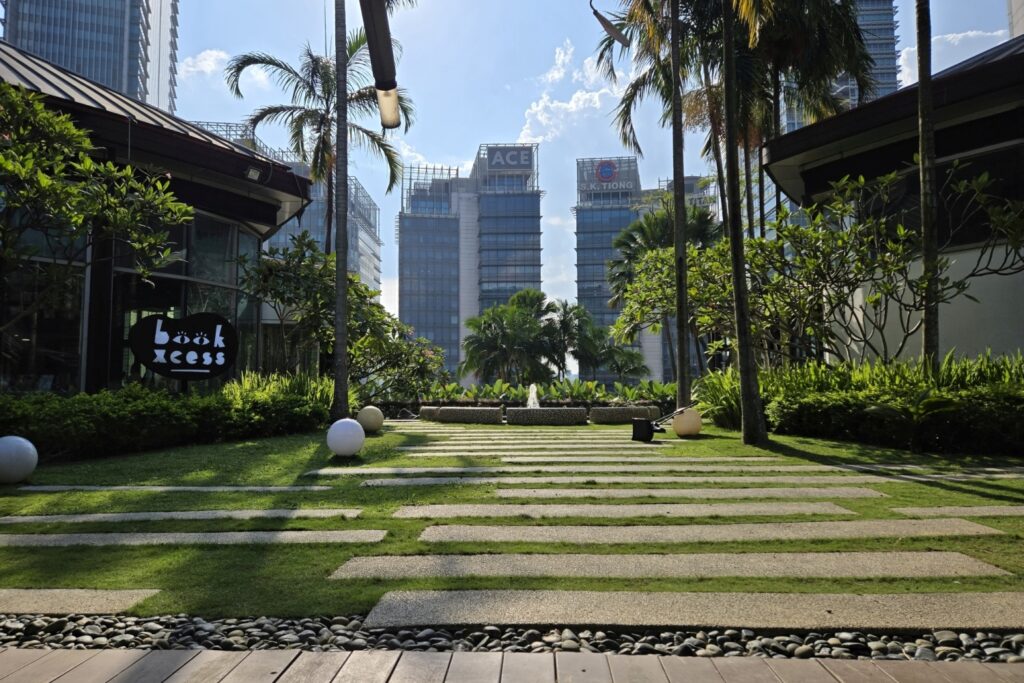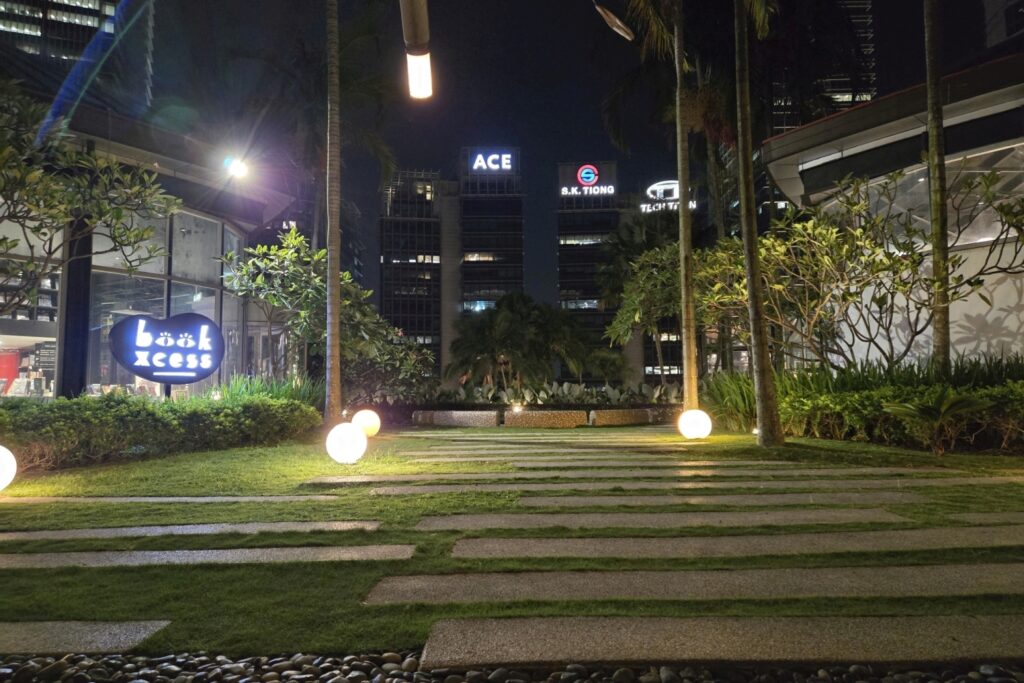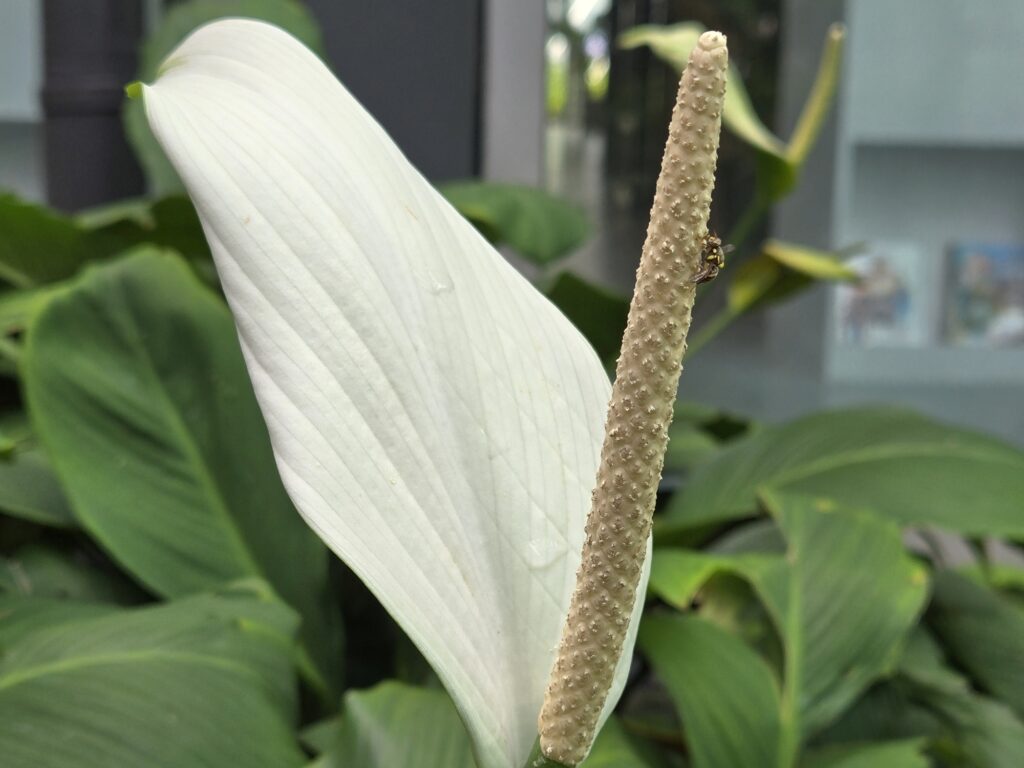In the early days of the Galaxy Z Fold series, South Korean tech giant Samsung have had to make big leaps in foldable tech to improve on the form factor’s many teething problems. But the jump between its predecessor and the recently released Samsung Galaxy Z Fold6 has seen perhaps the smallest change between generations, AI features notwithstanding.
Even when considering iterative upgrades, one might be forgiven for thinking we’re grasping at straws to list down the iterative upgrades the Samsung Galaxy Z Fold6 over the Z Fold5. Which we’ll get to once we have the phone’s spec sheet out of the way.
Specifications
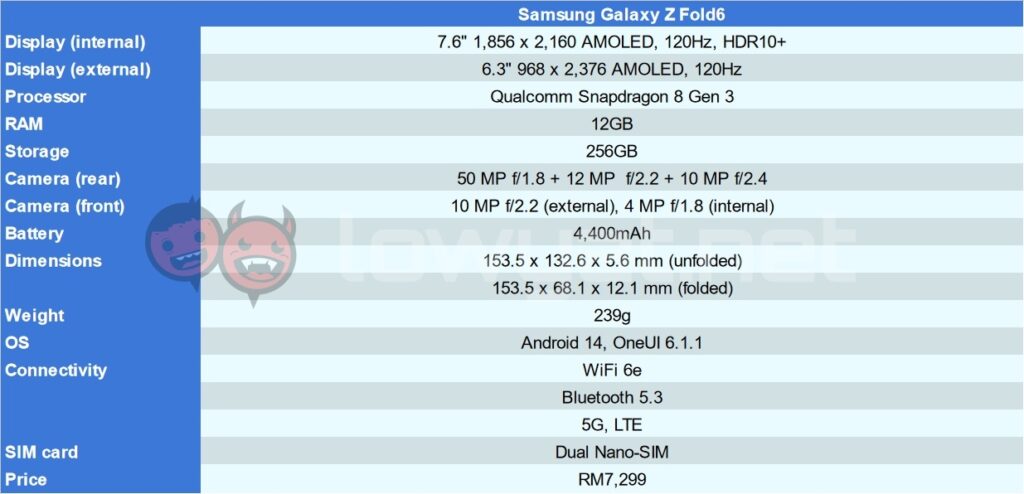
As mentioned, some iterative upgrades are expected when you look at the spec sheet of the Samsung Galaxy Z Fold6 compared to what came before. The chipset is an obvious one, with the Qualcomm Snapdragon 8 Gen 3. The rest are mostly the same, with the 12GB of RAM, the 4,400mAh battery with its 25W charging, and the three choices of storage capacities. For what it’s worth, the company has this time around passed us the one with the smallest storage space, at 256GB.
With both screens being marginally larger than before, the pixel count is also slightly higher. Or more specifically, the 7.6-inch main display now comes with a 1,856 x 2,160 resolution, while on the outside, it has a 6.3-inch screen with a 968 x 2,376 resolution.
Looks & Functionality
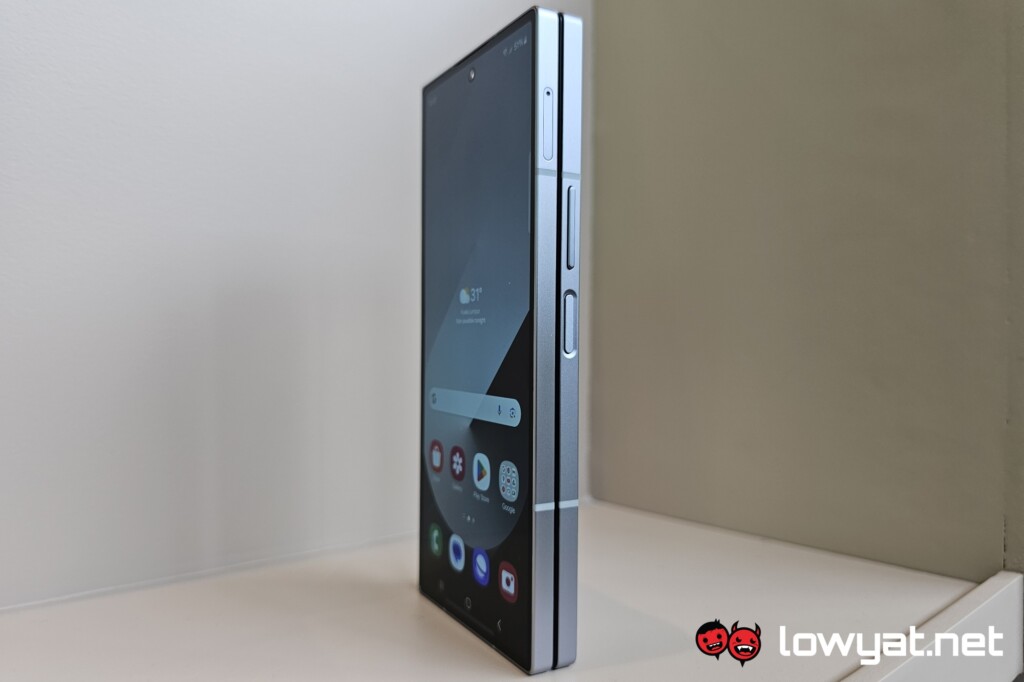
Of course, to be fair to the Samsung Galaxy Z Fold6, a fair bit of the improvements are not immediately obvious from just a look at the spec sheet. The phone in its folded form does feel a lot better in hand now, and this is thanks to a combination of a few things. One is the reduced weight compared to its predecessor, now showing 239g on the scales. Then there’s the slightly wider form factor plus very marginally thinner body than before. This does make it a tad more comfortable to hold in hand when folded, with one very specific exception.
That comes in the form of the sharper corners of the Samsung Galaxy Z Fold6, as it can go either way on the scale. On one hand, it’s less comfortable if that’s the part of the phone that lands on your palm. But on the flip side, this allows the screen on the inside to also get sharp corners, which means more screen real estate. Not that it matters that much as the corners are not where content is concentrated anyway, but perhaps it is due to familiarity that a sharper rectangular screen is better to look at.
With that being said though, throughout my time with the phone, the additional real estate was the last thing I noticed with the Samsung Galaxy Z Fold6, if I noticed it at all. On the flip side, the new peak brightness of 2,600 nits is occasionally useful, especially with the recent hot weather.
As I mentioned with my initial hands on impressions, the Samsung Galaxy Z Fold6, the small stands on the previous generation foldable is effectively now a screen bezel that pops up. I predicted that while it would be better at keeping dust out, it wouldn’t completely prevent build-up. Unfortunately, I was right, with my maintaining the old routine of only unfolding the phone between once or twice a week. The new IP48 rating is helpful, but I still can’t help but think that the last point in dust resistance would have made the difference.
With the hardware bits out of the way, we come to the new software bits of the Samsung Galaxy Z Fold6. Which is essentially the same AI stuff as was covered in the reviews for the three flavours of S24. Though since then the generative AI trend is tilting towards image editing and correction, we’ll be taking a slightly closer look at that this time around.
The long and short of it is, it works fine, but expect it to have hiccups every once in a while. And since the image editing bits of generative AI cannot be done on-device, you’ll need your Samsung Galaxy Z Fold6 to connect to the internet. In testing, each request for AI removal takes up slightly over 1.5MB. Which is fine if you’re signed up for an expensive monthly subscription of mobile data and have a practically unlimited supply of it. But if you’re in the sort of situation where you’re still rationing your mobile data usage, it’s something to be aware of for sure.
Performance & Battery
As mentioned, the only component difference between the Samsung Galaxy Z Fold6 and the Z Fold5, at least where performance is concerned, is that it now has a Qualcomm Snapdragon 8 Gen 3 chipset. Naturally, you see the synthetic benchmark figures go up accordingly, but in real world use, you’re pretty unlikely to see the actual difference. The few mobile games I do play before are silky smooth as the were, and in testing this phone, I ran into no issues while playing Yu-Gi-Oh! Master Duel.
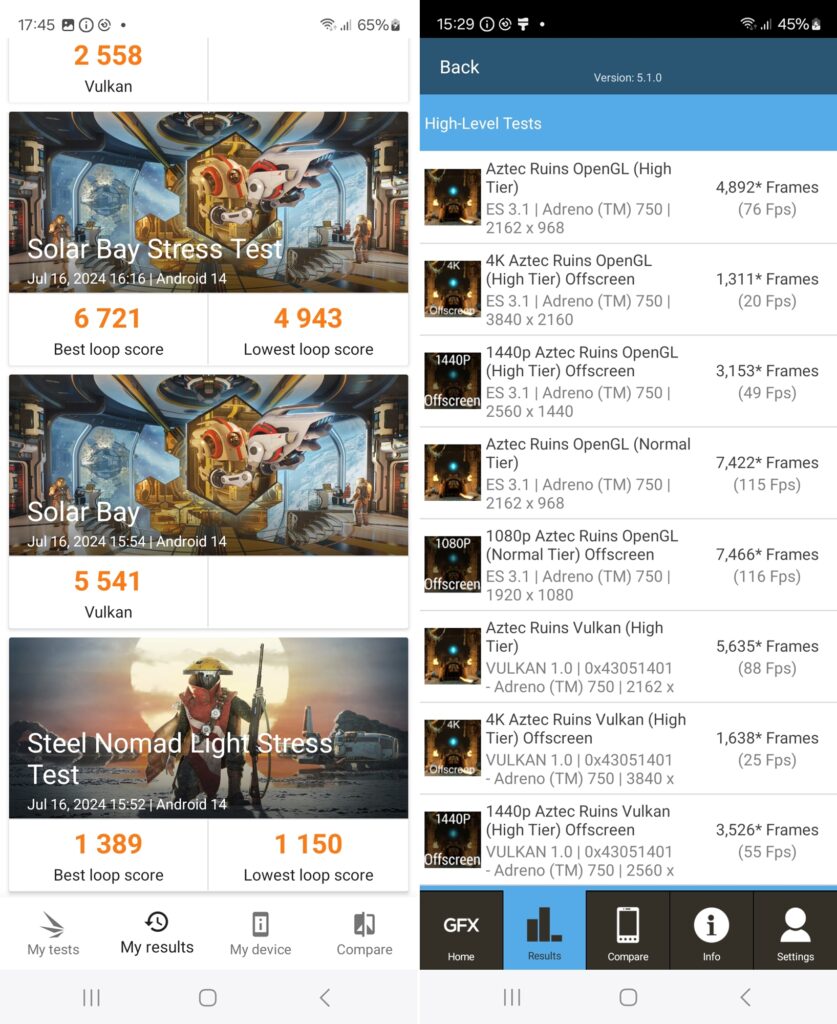
On the other hand, efficiency is probably where you’ll get more noticeable improvements with the chipset upgrade of the Samsung Galaxy Z Fold6. Heavy use will late leave your remaining battery charge in the teens rather than single digits, while moderate use would see you ending the day with slightly over half the remaining charge. You can probably stretch it to the whole two days if you swear off social media and entertainment entirely, though it would still be cutting it a bit close, as the battery capacity is still the same 4,400mAh.
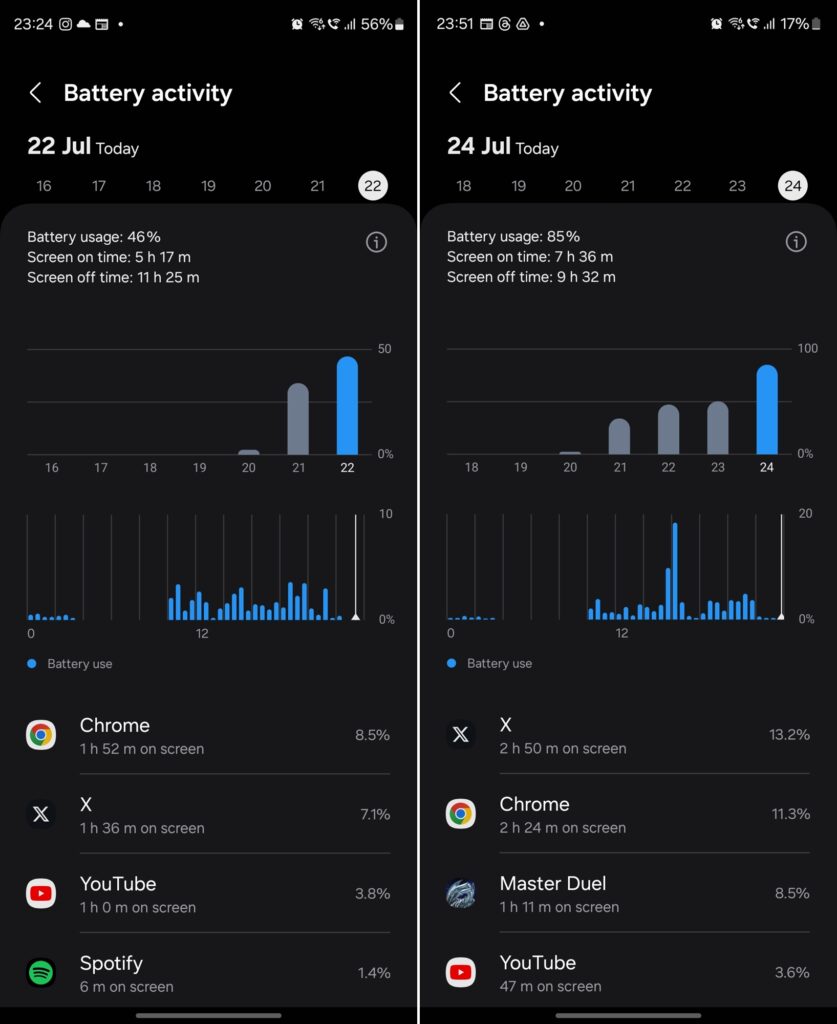
The results of our video looping tests tell a similar story, though this time there’s a clear difference in power consumption between the two screens. Running only off of the external display, the Samsung Galaxy Z Fold6 can run a 25-hour video marathon. But with the main screen, the phone turns off after slightly over 19 hours. And despite supporting the same charging rate of only 25W as its predecessor, charging the battery from empty to full took slightly longer, with an average of an hour and 35 minutes.
Camera
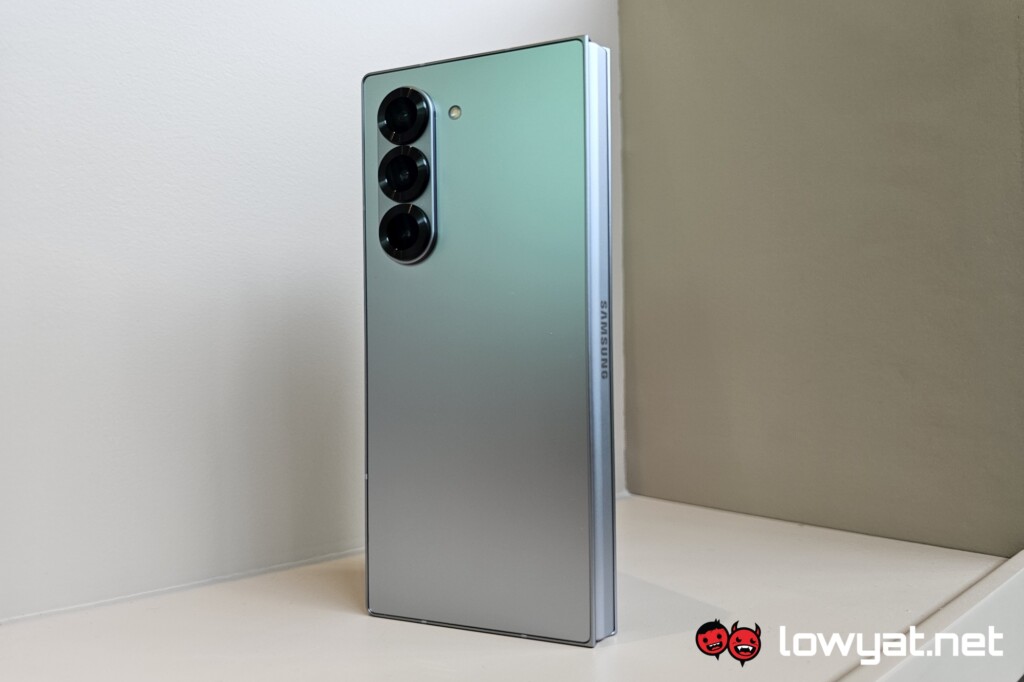
As you’ve probably seen, the cameras on the Samsung Galaxy Z Fold6 is almost exactly the same as it was on the Z Fold5. The only difference is the wide-angle shooter is a different sensor, but its pixel count is maintained at 12MP.
And with that in mind, the setup results in very similar, if not outright identical, images. The company’s phones have trended towards warmer tones in recent times, so this is not much of a surprise anymore. Similarly, the brand’s phones within this price range have always had good detail retention, and it would be bad news if the Samsung Galaxy Z Fold6 didn’t meet set expectations for whatever reason. Unfortunately, whatever benefit that the new 12MP sensor provided, it’s not immediately observable in these usual set of sample images.
Sample Images
Competition
HONOR Magic V2
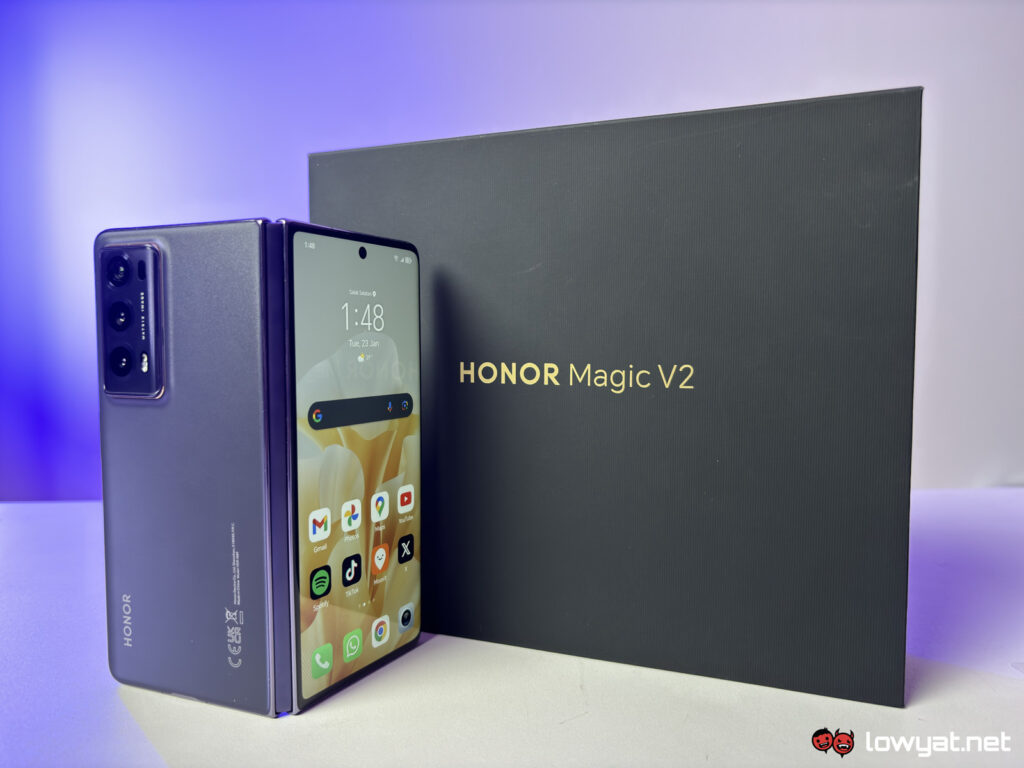
Competition in the foldables space is getting stiffer than ever, and providing one is the HONOR Magic V2. Though sticking strictly to its specs, this phone has a 7.92-inch display on the inside, and a 6.43-inch one on the outside, both sharing a 120Hz refresh rate. Inside, it packs a Qualcomm Snapdragon 8 Gen 2 chipset, 16GB of RAM, 512GB of storage, and a 5,000mAh battery with 66W charging.
Cameras include a 50MP main + 50MP wide-angle + 20MP 2.5x telephoto combo, and two 16MP selfie snappers, one for each screen. The entire package costs RM6,999.
OPPO Find N3
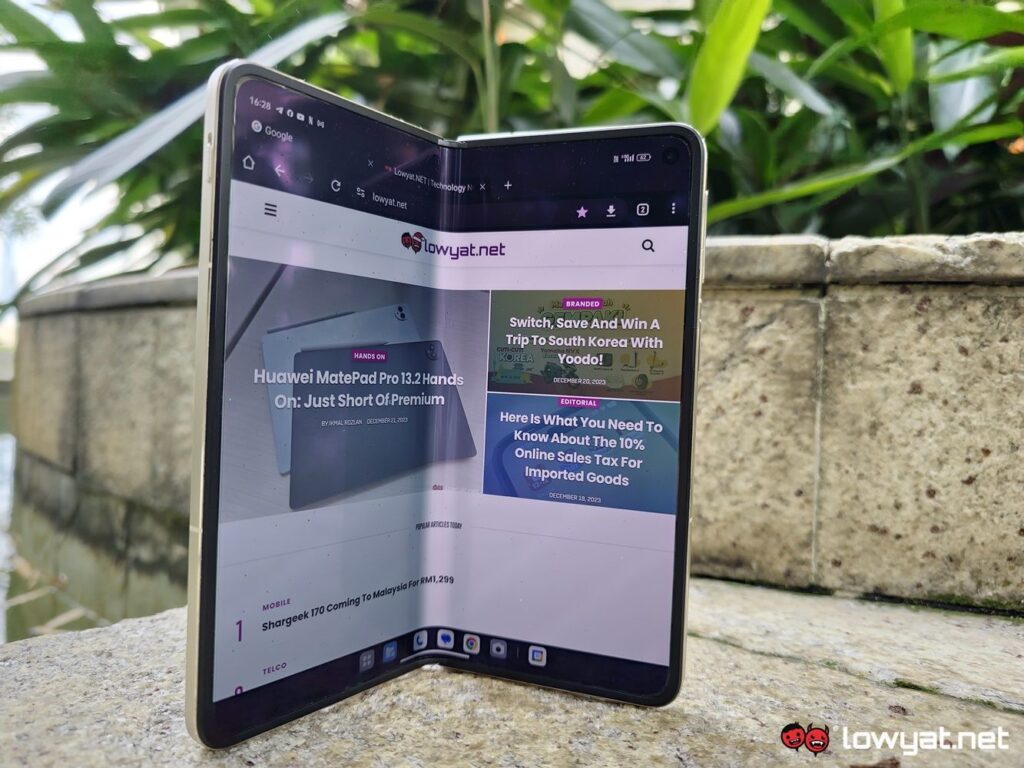
Naturally, the other option in this segment is the OPPO Find N3, or the OnePlus Open if you prefer. The screens here are a 7.82-inch and 6.31-inch on the outside and inside respectively, both also capable of 120Hz refresh rates. Memory and storage here are 16GB and 512GB, and the battery is a 4,805mAh pack that supports 67W charging.
For its cameras, it has a 48MP main + 64MP 3x telephoto + 48MP wide-angle combo for its main setup. On the secondary screen, it runs a 32MP shooter, while for the main screen there’s a 20MP snapper instead, both in a punch-hole cutout at the corner rather than centre. And it comes with a RM7,999 price tag.
Conclusion

All in all, the Samsung Galaxy Z Fold6 is an upgrade over the Z Fold5, complete with a price bump to show for it. That being said, it has come to the point where the upgrades are iterative. One aspect of foldable phone tech that the South Korean tech giant looks to be behind compared to the competition is the crease reduction. This is especially evident when compared to the HONOR representative mentioned above.
It’s also much the same story on the software side of things. One aspect that OneUI can definitely improve upon is giving users the option to use the two halves of the Samsung Galaxy Z Fold6 as if they were two separate screens the way MagicOS does within a single app. For someone like me, who primarily uses the phone folded, this wouldn’t be an issue. But if you’re paying this kind of money for a phone, and you do use it unfolded often, these comparison may make you think if there’s a better deal to be had elsewhere.
Ultimately, the Samsung Galaxy Z Fold6 is the best foldable phone the company has made so far, but easier arguments can be made these days about it not being the best foldable out there. Galaxy AI is still a selling point, so unless you find yourself using them very often, it’s still a reason to pick this over the other foldable options out there.
Photography by Sam Wei Han, Maheshan Mohan.
Follow us on Instagram, Facebook, Twitter or Telegram for more updates and breaking news.


